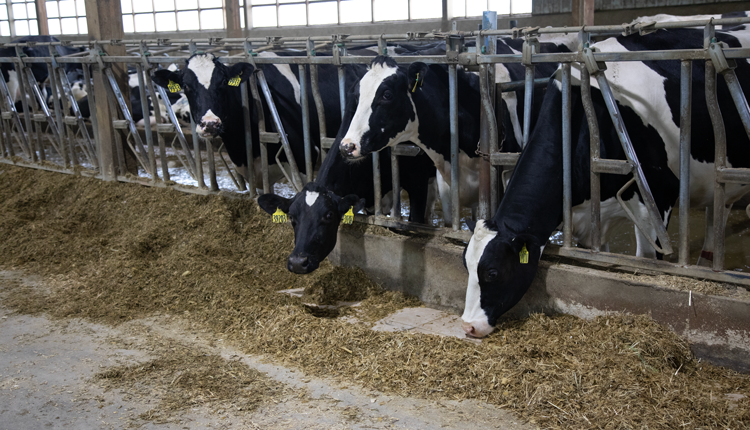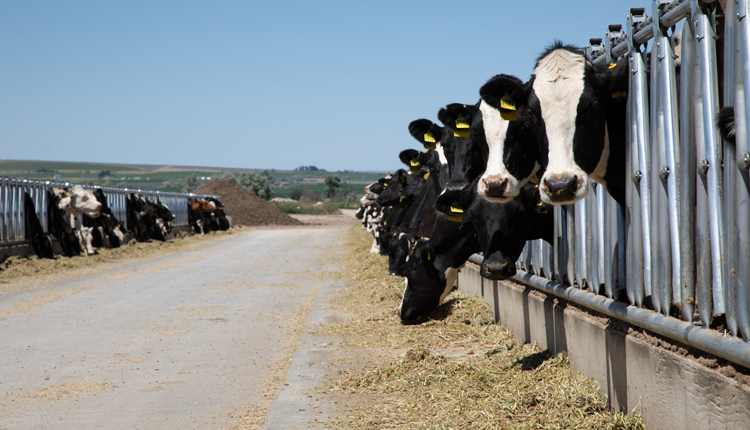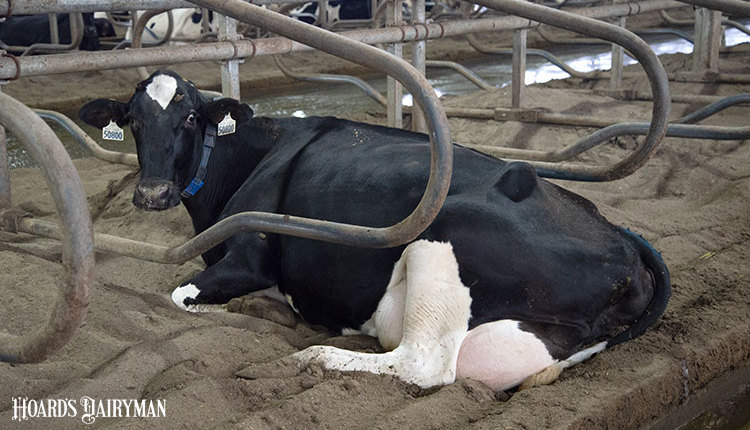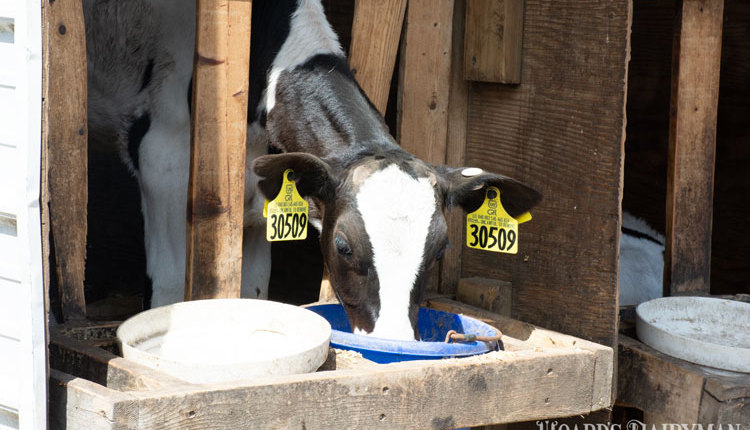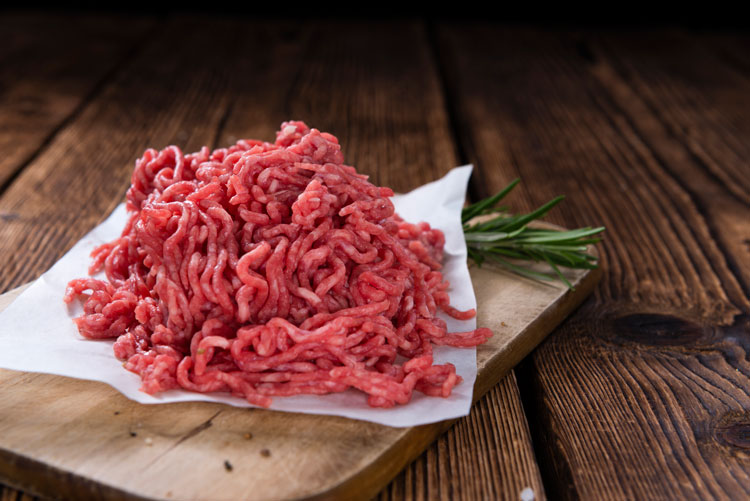
The newest fad in shopping for meat looks a bit like a consumer walking out to a cattle yard or pasture, pointing at an animal, and saying, “I want that one.”
In the past few years, there has been a sharp uptick in retailers offering a similar yet less personal experience. The companies are selling ground meat from a single animal as a more traceable option in comparison to the multi-animal ground meat available in many grocery stores.
These are not just farmers’ market companies or small farm-to-table outlets that have had their finger on the pulse of the local movement for many years. Retailers such as Whole Foods Market and Amazon.com are also getting in the game.
In June, Amazon.com added a “Single Cow” ground beef to its grocery delivery service. A recent article in The Wall Street Journal reported that a consumer could purchase the “Single Cow” hamburger for $10 per pound . . . more than double the typical price of ground beef.
What it represents is more important than the logistics of the sale. The market for this type of hyper traceable product is the next step down the long and winding labeling claim road.
This move toward traceability is congruent with sales of meats with special labeling claims such as “natural” and “antibiotic free” that made great leaps in sales last year. The market for “natural” meat grew by 12 percent while market research showed “antibiotic free” meat sales went up 23 percent last year, according to The Wall Street Journal.
Context is important, and the “conventional” meat market is still easily the dominant player in overall meat sales throughout the United States. However, as more non-nutritive labels find their way to grocery shelves, the question becomes which will survive and how will they affect agriculture production in the future.
Although dairy’s participation in the meat market is relatively small, the industry does contribute around 20 percent of all U.S. beef. The “Single Cow” label could not only be important to this group, but think of how it might look if applied to milk production. That would certainly change the structure of dairy.
To comment, email your remarks to intel@hoards.com.
(c) Hoard's Dairyman Intel 2016
October 24, 2016

